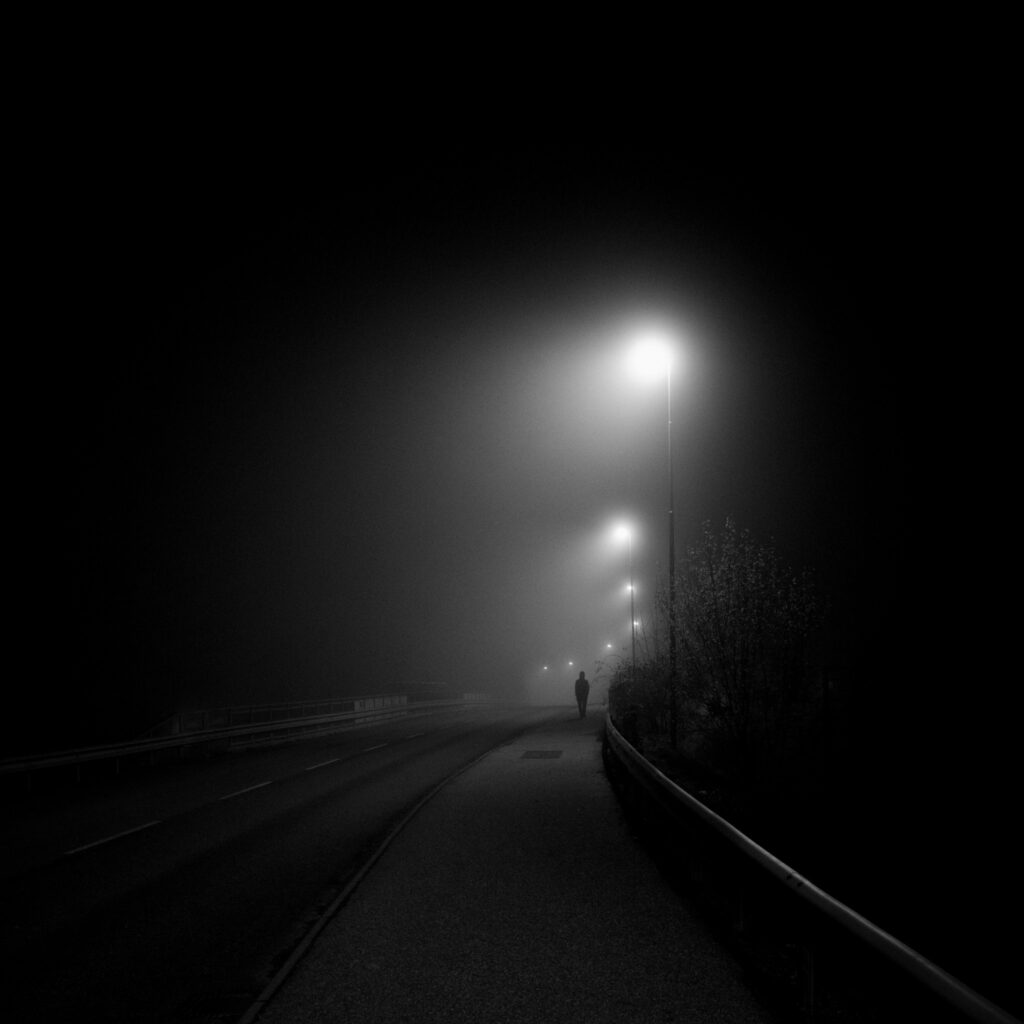
When under the influence.
Walter Benjamin on hashish. Literally and actually.
A mimetic power holds sway in the realm of perception, the realm of image space, in all its plasticity. The intoxicated man takes the part of things around him, becoming, like the physiognomic flâneur or the child at play, a virtuoso of empathy (another dangerous drug), and at the same time, with utter detachment, drawing objects and events into his thickening web. The drug weaves time and space together in a manifold resonant fabric, an interpenetrating and superimposed transparency of (historical) moments: what Benjamin, with a touch of the humor that is integral in hashish, terms ”the colportage phenomenon of space.” This involves the disclosure of unexpected stations in a familiar milieu, of many places in one place.
The feeling of loneliness is very quickly lost. My walking stick begins to give me a special pleasure. The handle of a coffeepot used here suddenly looks very large and moreover remains so. (One becomes so tender, fears that a shadow falling on the paper might hurt it. . . . One reads the notices on the urinals.)
I immersed myself in intimate contemplation of the sidewalk before me, which, though a kind of unguent (a magical unguent) which I spread over it, could have been—precisely as these very stones—also the sidewalk of Paris.
As she danced, I drank in every line she set in motion. . . . Many identities passed over her back like fog over the night sky. When she danced with Egon, she was a slender, black–caparisoned youth; they both executed extravagant figures in the room. . . . The window at her back was black and empty, through its frame the centuries entered by jolts, white with each of her movements—so I told her—she took up a destiny or let it fall.
Walter Benjamin – On Hashish (Howard Eiland transl.)
There is an analogy here to what the flâneur experiences (and the colportage phenomenon of space is said to be the flâneur’s basic experience) when he sees the ghost of a barricade on a modern Paris street—that is, when far–off times and places interpenetrate the urban landscape and the present moment, creating for him a kind of historical palimpsest.